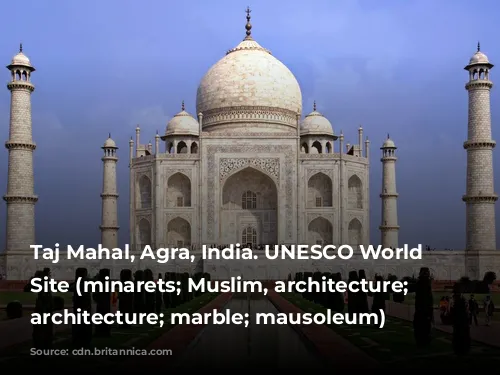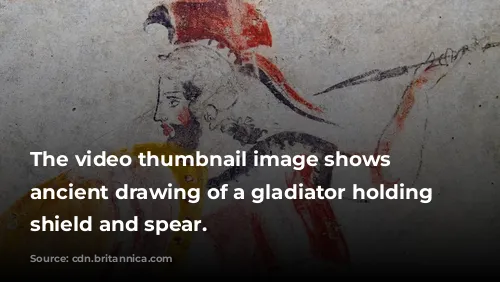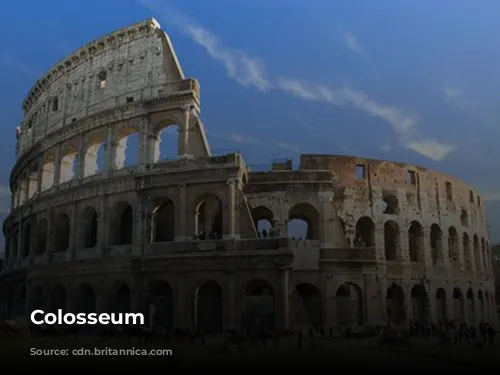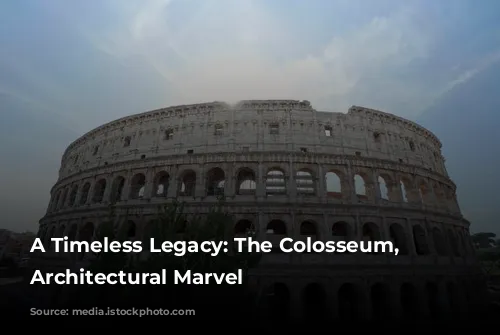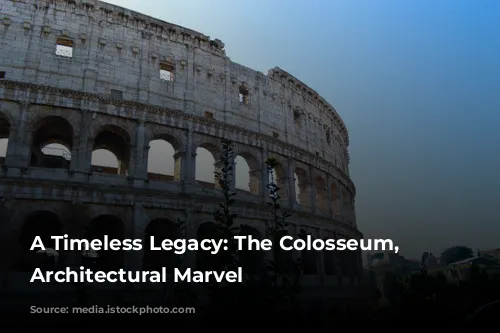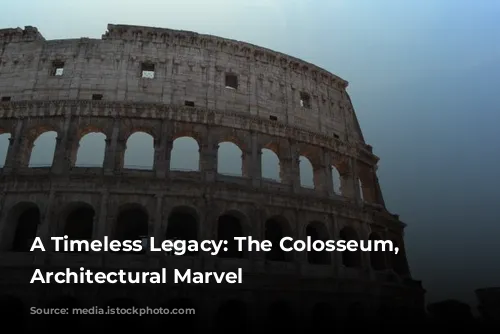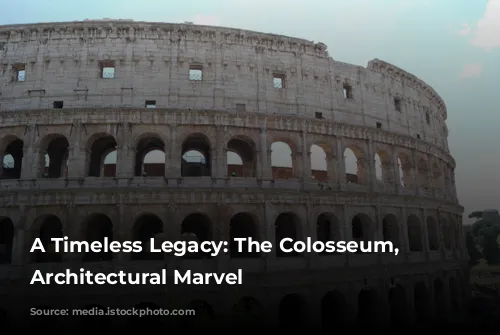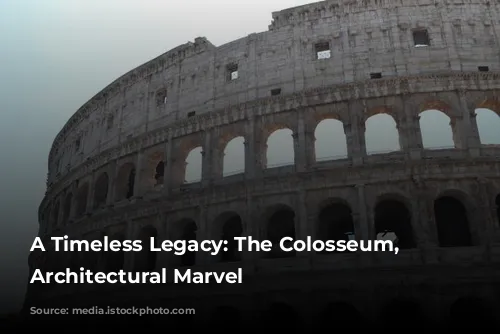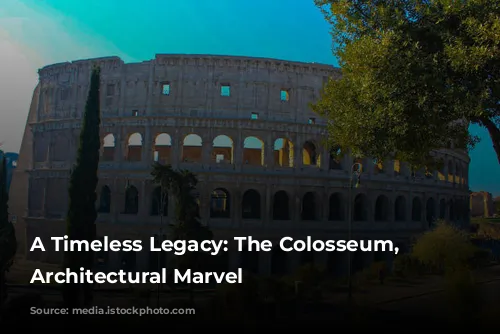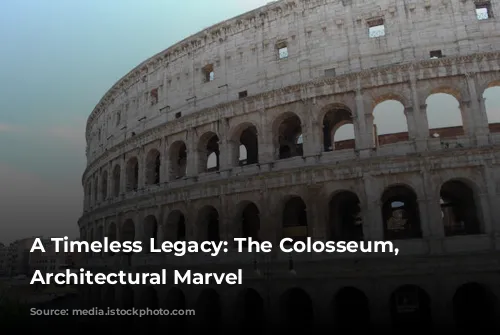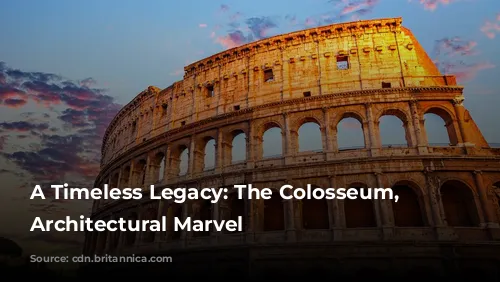The Colosseum, one of the few structures from the Roman Empire still standing strong, proudly showcases the architectural and engineering brilliance of ancient Rome. This magnificent monument attracts millions of visitors annually, generating significant tourism revenue for Italy. In 2018 alone, the Colosseum, Roman Forum, and Palatine Hill collectively brought in over $63.3 million (€53.8 million), making them the most popular tourist destination in Italy.
A Monument’s Journey Through Time
The Colosseum has witnessed the passage of time, enduring periods of grandeur and neglect. After the fall of the Western Roman Empire, the arena fell into disrepair. The Frangipane and Annibaldi families, seeking a strategic advantage, turned the Colosseum into their fortress during the 12th century. In the late 15th century, Pope Alexander VI permitted the Colosseum to be used as a quarry, marking a period of severe neglect. However, in the 1990s, state-funded restoration efforts finally began to revive this iconic monument after over a thousand years of decline.
From Imperial Ambition to Public Spectacle
The Colosseum’s origins lie in the ambition of the Flavian emperors to restore Rome’s glory after the chaotic “Year of the Four Emperors” in 69 CE. Emperor Vespasian, envisioning a hub of entertainment, designed the Colosseum as an amphitheater to host gladiatorial contests, thrilling animal hunts, and even elaborate mock naval battles.
Construction of an Empire’s Icon
Construction of the Colosseum commenced under Emperor Vespasian between 70 and 72 CE. The structure was finally dedicated in 80 CE by Emperor Titus, Vespasian’s son and successor. The final touch came in 82 CE when Emperor Domitian added the fourth story. It’s important to note that the Colosseum’s construction was financed with loot from Titus’s conquest of Jerusalem in 70 CE, employing enslaved Jews from Judea.
A Masterpiece of Engineering
The Colosseum, also known as the Flavian Amphitheatre, is a testament to Roman engineering prowess. This elliptical structure, built with stone, concrete, and tuff, stands four stories tall. It measures an impressive 620 by 513 feet (189 by 156 meters) and could accommodate a staggering 50,000 spectators. This awe-inspiring arena was renowned for its gladiatorial combats.
A Symbol of Imperial Power
The Colosseum stands on the former site of Nero’s Golden House, specifically the drained artificial lake that served as its centerpiece. Emperor Vespasian’s decision to replace the tyrannical emperor’s private lake with a public amphitheater was both practical and symbolic. By offering a public venue for entertainment, Vespasian aimed to foster a sense of community among the Roman citizens, effectively replacing Nero’s extravagance with a symbol of imperial power and public engagement.
A Triumph of Architecture and Design
The Colosseum’s unique architecture sets it apart from earlier amphitheaters. Unlike those carved into hillsides for support, the Colosseum is a freestanding structure. Its impressive size and complex design, featuring a system of barrel vaults and groin vaults, make it a marvel of ancient construction. The Colosseum’s three lower stories are adorned with arcades framed by engaged columns in the Doric, Ionic, and Corinthian orders, a unique arrangement of columns that influenced Renaissance architecture. The main structure is built with travertine, while the secondary walls are made of volcanic tufa, and the inner bowl and arcade vaults are crafted from concrete.
Entertaining the Masses
The Colosseum provided an immersive experience for its vast audience. A massive retractable awning, known as a velarium, protected spectators from the sun. This awning was supported by masts extending from corbels built into the top story, and required the efforts of hundreds of Roman sailors to manipulate its complex rigging. The Colosseum was the stage for gladiatorial combat, contests between humans and animals, and even grand spectacles like mock naval battles. However, the evidence for early Christian martyrdoms at the Colosseum remains uncertain.
From Glory to Neglect and Revival
In the medieval era, the Colosseum served different purposes. It was used as a church, then as a fortress by the powerful Frangipane and Annibaldi families. Sadly, the Colosseum suffered from lightning strikes, earthquakes, and rampant vandalism and pollution, leading to the loss of its marble seats and decorative elements. For over a thousand years, the Colosseum was treated as a quarry, its stones plundered for other projects.
Fortunately, in the 19th century, preservation efforts led by Pope Pius VIII marked a turning point. In the 1990s, a significant restoration project began, breathing new life into this iconic monument. Today, the Colosseum is a major tourist attraction, welcoming close to seven million visitors annually. Regularly changing exhibitions provide insights into ancient Roman culture, ensuring that the Colosseum remains a vital connection to the past.
Conclusion
The Colosseum stands as a testament to the grandeur of the Roman Empire, showcasing the architectural brilliance, engineering prowess, and cultural life of ancient Rome. From its construction under the Flavian emperors to its current status as a global icon, the Colosseum has witnessed the rise and fall of empires and the enduring power of human creativity. Today, the Colosseum continues to inspire awe and fascination, reminding us of the ingenuity and achievements of our ancestors.
